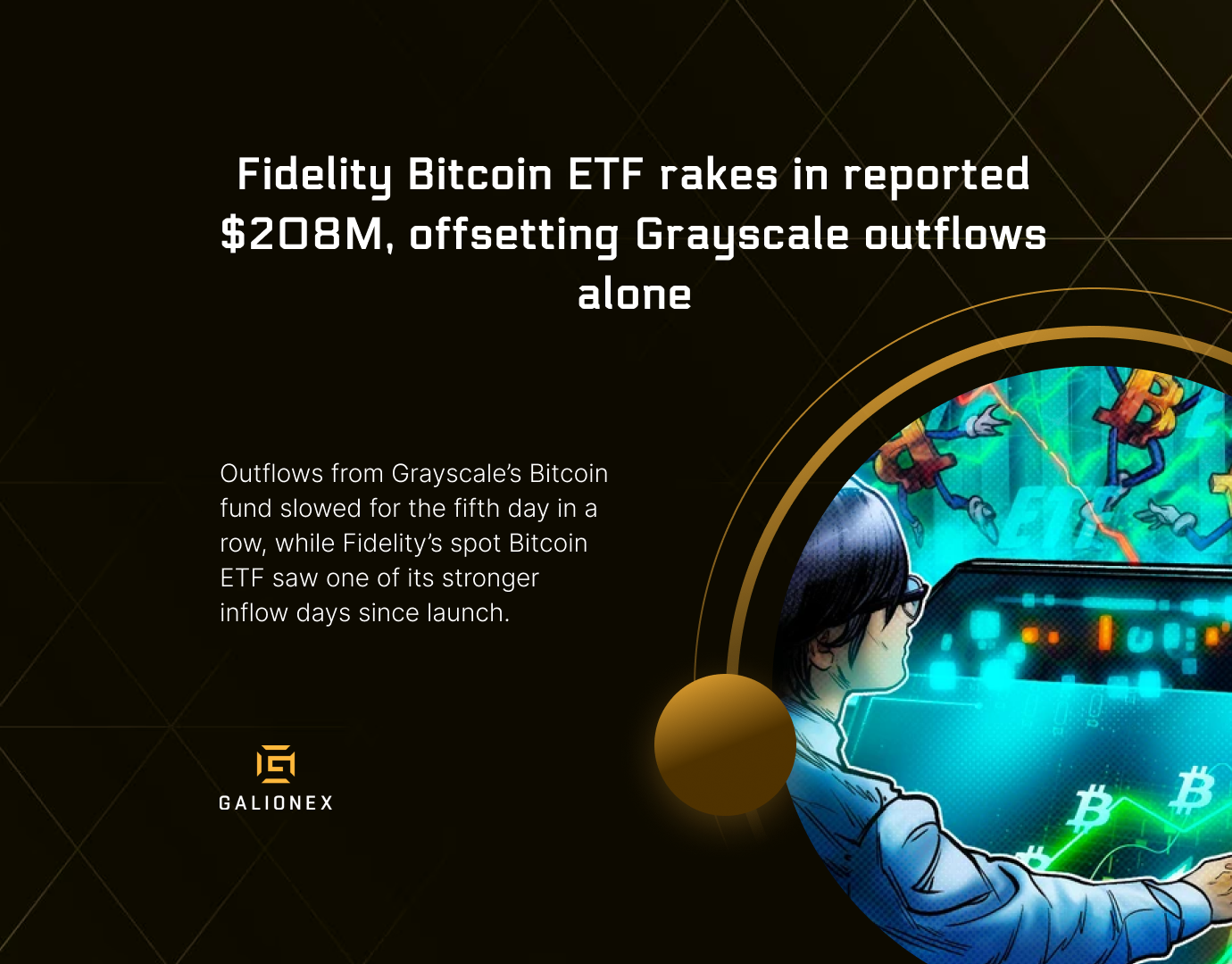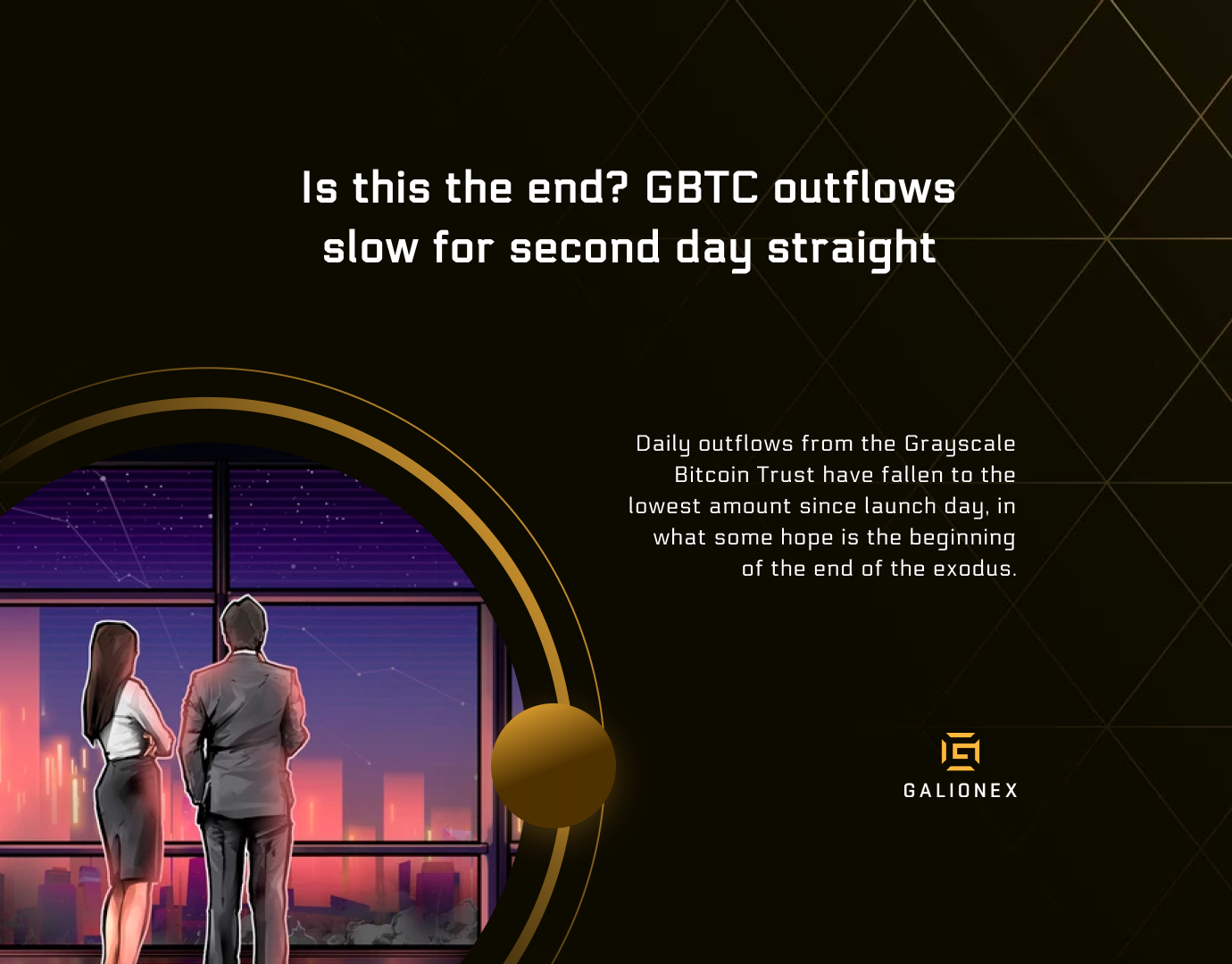
Bitcoin pump prompts ‘emergency’ review of US crypto miner energy use
The United States Department of Energy (DOE) is demanding crypto miners report their energy consumption for the next six months after concerns a recent increase in the price of Bitcoin is leading to a rush of crypto mining.
On Jan. 31, the U.S. Energy Information Administration (EIA) — the statistics agency of the DOE — said it is initiating a provisional survey to gauge the electricity usage of local crypto mining companies starting next week, with miners “required to respond with details related to their energy use.”
The Office of Management and Budget greenlit the survey on Jan. 26 after an emergency request from the EIA days earlier claimed Bitcoin’s price “increased roughly 50% in the last three months” would “incentivize more cryptomining activity, which in turn increases electricity consumption.”
Cointelegraph Markets Pro shows Bitcoin rose just over 18.5% in the three months to Jan. 24.
EIA Administrator Joe DeCarolis said it would “specifically focus on how the energy demand for cryptocurrency mining is evolving, identify geographic areas of high growth, and quantify the sources of electricity used to meet cryptocurrency mining demand.”
The survey is the U.S. government’s latest move to get a handle on the crypto mining industry. The country became the world’s largest hub for miners looking to move operations after China banned the practice in 2021.
Lawmakers probed the mining industry at a 2022 Congressional hearing over concerns about energy use and fossil fuel emissions. In early 2023, Congress called for the Environmental Protection Agency (EPA) to investigate the impact of crypto mining.
U.S. President Joe Biden last year also floated a proposal to implement a 30% incremental tax on crypto miner’s electricity costs to “reduce mining activity” in the country.
#news #btc #mining
Feb-1-2024

German authorities seize 50K BTC connected to piracy websites
Authorities in the German state of Saxony reported confiscating roughly 50,000 Bitcoin as part of an investigation into copyright violations.
In a Jan. 30 announcement, the Saxony police said it coordinated with tax authorities and prosecutors to secure the BTC, allegedly connected to two German and Polish nationals. According to the police, the individuals purchased the Bitcoin — worth roughly $2.17 billion at the time of publication — with the proceeds of pirated works through websites in 2013.
“The Bitcoin were seized after the accused voluntarily transferred them to official wallets provided by the [police],” said authorities. “This means that a final decision has not yet been made about the utilization of the Bitcoin.”
It’s unclear when individuals allegedly connected to the crime purchased the Bitcoin, but the large amount of the seizure suggests it may have been when the price of the cryptocurrency was low. As of Oct. 31, data from Glassnode suggested that authorities in the United States had seized a total of 210,429 BTC connected to various crimes.
Coinbase reported in November 2023 that German authorities had filed 1,906 requests for information from the crypto exchange between the fourth quarter of 2022 and the third quarter of 2023. Binance, before its $4.3-billion settlement with U.S. authorities, withdrew its cryptocurrency custody license application in Germany, hinting at changes to the “global market and regulation.”
#news #btc #law #germany
Jan-31-2024

Fidelity Bitcoin ETF rakes in reported $208M, offsetting Grayscale outflows alone
Fidelity's spot Bitcoin exchange-traded fund (ETF) has reportedly managed to pull in $208 million in daily inflows on Jan. 29, outstripping outflows from Grayscale Bitcoin Trust for the first time outside their launch day.
According to provisional data from Farside Investors, Fidelity's FBTC raked in $208 million in inflows on Monday, compared to the $192 million outflowed from the GBTC — the lowest daily outflows outside of its re-launch, per BitMEX Research data.
The latest GBTC outflows mark a nearly 25% drop from $255 million on Jan. 26, and a 70% drop from the fund’s peak daily outflows of $641 million on Jan. 22.
It’s also the second-lowest outflow day for Grayscale’s fund, besides the $95 million that left the fund on Jan. 11 — the day it was converted to a spot Bitcoin exchange-traded fund (ETF).
Crypto traders are eagerly watching for signs of slowed GBTC outflows caused by the fund’s investors taking the chance to cash out of their once-underwater positions.
JPMorgan analysts noted on Jan. 25 that GBTC outflows have caused downward price pressure on Bitcoin but added that “should be largely behind us.”
Meanwhile, Jan. 29 figures show the nine new U.S. spot Bitcoin ETFs hit a combined $994.1 million in volume, close to doubling that of GBTC, which saw $570 million in volume, according to data shared to X by Bloomberg ETF analyst James Seyffart.
#news #btc #etf #us
Jan-30-2024

Bitcoin ETF ads may appear on Google starting Monday, community speculates
On Monday, Jan. 29, Google is set to update its policies to allow certain cryptocurrency products to be advertised on major search engines. Bitcoin exchange-traded funds (ETFs) appear likely to meet the criteria, sparking speculation within the crypto industry.
In December 2023, Cointelegraph reported that Google’s crypto and related ads policy will be revised on Jan. 29 to allow ads from “advertisers offering Cryptocurrency Coin Trust targeting the United States.”
With the recent approval of 11 spot Bitcoin ETFs by the United States Securities and Exchange Commission (SEC) on Jan. 10, investors purchasing shares in a spot Bitcoin ETF acquire a stake in the fund’s Bitcoin holdings
Crypto analysts are optimistic about the potential inflows to Bitcoin ETFs, citing Google’s high transaction processing capacity in searches. According to recent data from DemandSage, Google processes 8.55 billion searches daily.
However, Google vaguely refers to the allowed products as “cryptocurrency coin trusts.”
Meanwhile, one of the largest Bitcoin trusts, the Grayscale Bitcoin Trust (GBTC), recently converted to a spot Bitcoin ETF as part of the several approved by the SEC on Jan. 10.
Previously, buying GBTC shares on the primary market was only available to accredited investors and subject to a six-month holding period.
#news #btc #etf #google
Jan-29-2024

Swan Bitcoin unveils mining arm, eyes public listing within 12 months
Bitcoin-focused financial services firm Swan Bitcoin revealed it launched a new Bitcoin mining venture in the summer of last year to expand its institutional offerings and is now "actively working" to become a publicly traded company within the next 12 months.
Swan Mining, which had launched and operated in “stealth mode,” has already mined 750 Bitcoin (BTC) from its current hash rate capacity of 4.5 exahashes per second (EH/s), the parent company said on Jan. 25.
The firm expects its hash rate capacity to exceed 8 EH/s when it deploys new mining equipment in March.
#news #mining #btc
Jan-26-2024

Is this the end? GBTC outflows slow for second day straight
Outflows from Grayscale’s Bitcoin Trust (GBTC) have slowed for the second day in a row — prompting a glimmer of hope that a multibillion-dollar Bitcoin
BTC dumping spree could soon end.
BitMEX Research data shows GBTC outflows were $429 million on Jan. 24 — the smallest daily outflow since the launch of Grayscale’s spot Bitcoin ETF on Jan. 11 and a 33% slowdown compared to the start of the week on Jan. 22.
Bloomberg ETF analyst Eric Balchunas said in a Jan. 25 X post that GBTC outflows are “seemingly trending down,” though noted “it’s still a pretty large number.” In earlier posts Balchunas concluded there were still “too many unknowns” to determine when the “mass exodus” of GBTC would stop.
GBTC has bled 106,092 BTC, worth approximately $4.4 billion, over nine trading days.
A slowdown in daily outflows doesn’t necessarily mean the GBTC “bleeding” is over or slowing down. Balchunas previously estimated the GBTC would lose around 25% of its shares outstanding before an end to outflows.
#news #etf #GBTC
Jan-25-2024

















